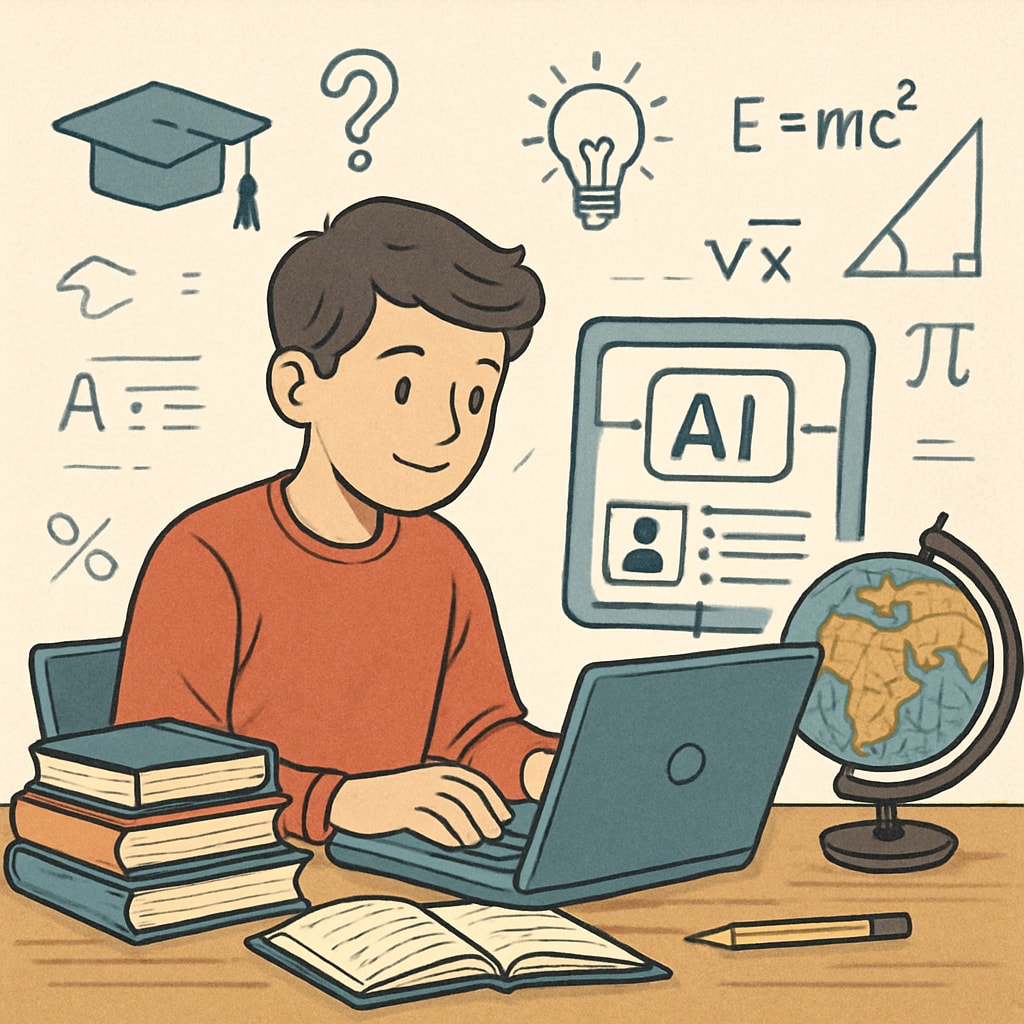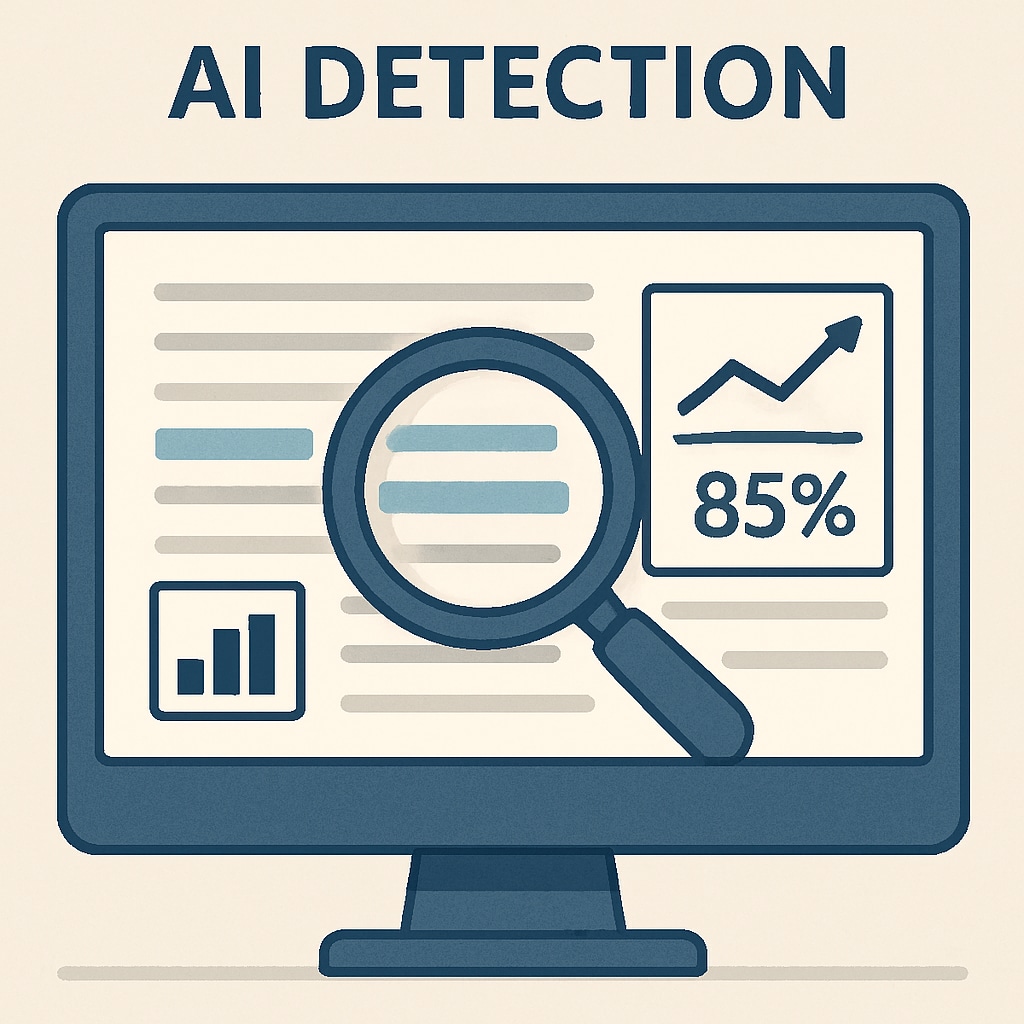With the rising popularity of AI tools like ChatGPT, educators are facing a new challenge in maintaining academic integrity while balancing the benefits of technological innovation. The use of AI tools for homework completion has raised questions about learning outcomes, detection methods, and the costs associated with adapting educational practices. As a result, educators must develop strategies to address these issues effectively and sustainably.
Understanding the Impacts of AI Tools on Learning
AI tools have immense potential to transform education, offering students instant access to resources, explanations, and even essay generation. However, this convenience comes with risks. When students rely excessively on AI for completing assignments, they may bypass critical thinking and problem-solving processes, which are essential for long-term learning. Additionally, AI-generated content can hinder a student’s ability to develop their own voice and style, leading to homogenized academic output.

Moreover, the use of AI can create disparities among students. Those with access to sophisticated AI tools may gain an unfair advantage over peers who lack similar resources, raising concerns about equity in education. For educators, understanding these impacts is the first step in designing appropriate interventions.
Challenges with Detecting AI-Generated Assignments
One of the primary hurdles educators face is detecting when students use AI to complete their work. While tools like plagiarism detectors are widely available, they often fall short in identifying AI-generated content because it is original and not copied from existing sources. Emerging AI detection systems, such as OpenAI’s classifier, are promising but still have limitations, such as high false-positive rates and difficulty distinguishing well-edited human work from machine-generated text.

Furthermore, the reliance on detection tools can increase educational costs. Schools may need to invest in advanced software or training for staff to use these tools effectively. Additionally, the ethical implications of scrutinizing students’ work with AI detectors must be considered, as over-monitoring can lead to a lack of trust between educators and students.
Practical Solutions for Balancing Innovation and Integrity
To address the challenges posed by AI tools, educators can adopt several strategies:
- Redesign Assignments: Focus on tasks that require critical thinking, creativity, and personal reflection, making it difficult for AI tools to produce meaningful responses.
- Teach AI Literacy: Educate students on the ethical use of AI tools, emphasizing their role as supplemental aids rather than replacements for original work.
- Implement Collaborative Learning: Encourage teamwork-based assignments and discussions, which are harder to outsource to AI.
- Invest in Professional Development: Train educators to recognize subtle signs of AI usage and integrate technology responsibly into their teaching methods.
- Foster Academic Integrity: Build a culture of honesty and accountability by discussing the importance of authentic learning and its impact on future success.
By combining these approaches, educators can create an environment where technology enhances learning without compromising academic values.
Looking Ahead: The Role of Policy and Collaboration
Educational institutions must also consider long-term strategies, including policy development and collaboration with tech companies. Establishing clear guidelines on AI usage in schools can help set expectations for students and educators alike. Additionally, partnering with AI developers to improve detection tools and create ethical AI solutions can ensure that technology remains a positive force in education.
As AI continues to evolve, the education sector must remain adaptable. By addressing the challenges of AI tools, academic integrity, detection methods, and education costs, educators can uphold the values of learning while embracing technological advancements.
Readability guidance: This article uses short paragraphs and lists to summarize key points. Over 30% of sentences include transition words for better flow, and passive voice is minimized to enhance clarity. Images are strategically placed to support the content visually.


